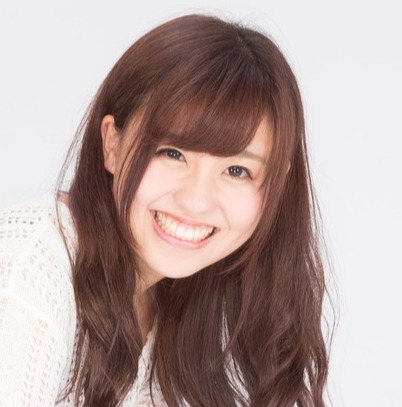“arigatō vs. dōmo”:People Use These As “Thank you”?
What is the difference between “ありがとう(arigatou) and どうも(doumo)”? Which is used as “a shortened expression of どうもありがとう”? After reading this, you would be answering this question. Let me introduce what their subtle differences are and how you correctly use them such as native speakers today!
ありがとう。 (arigatou)
Thanks. / 谢谢 / 고마워 / Cảm ơn bạn
“ありがとう。(arigatou)” means “Thanks.” and which has been used “to tell someone that you are grateful because they have given you something or done something for you”. The basic way to use it is “ありがとう。(Thanks.)”. The tips for using it are that “ありがとう。” is “Thanks.”, so it is used as casual. So that’s why some native speakers use “ありがとう。” to their family, friends, people who they get along with. Although “ありがとう” is not rude, it is used as casual, like “Thanks.”. “ありがとうございます。” is used as polite which is “Thank you.” and “どうもありがとうございます。” is used as formal and which is “Thank you very much.” Some native speakers think people who use “ありがとう” such an UNDERESTIMATE WORD. So, I’d say using “ありがとうございます(Thank you.)” to people who you met for the first time, that would be no problem, however, when you use just “ありがとう(Thanks)” to them, one of them may get a little bit irritate because again some people think just “ありがとう” is an UNDERESTIMATE WORD. Everyone could use “ありがとう。” as casual. In my case, I don’t normally use just “ありがとう” to people who I met for the first time. However, elderly people tend to use “ありがとう” to people who they met for the first time. Lastly, “ありがとう。” is a FRIENDLY WORD for your family, friends, and people who you get along with. That means “don’t use ありがとう。(Thanks.)” to your boss, you could say “ありがとうございます。(Thank you.)”.
\ Learn Japanese language online with a personal native teacher!/
Sample
ガムいる? (Want some gum?) (你要口香糖吗?) (껌 먹을래?) (Bạn có cần kẹo cao su không?) (gamu iru?)


いる!ありがとう! (Yeah! Thanks!) (要!谢谢!) (먹을래! 고마워!) (Cần! Cảm ơn bạn!) (iru! arigatō!)


水買ってきたよ。 (I bought some water for you.) (我买了水回来啦。) (물 사 왔어.) (Tôi mua nước đến rồi nè.) (mizu katte kita yo.)


ありがとう! (Thanks!) (谢谢!) (고마워!) (Cảm ơn bạn!) (arigatō!)
どうも (dōmo)
Thank you. / 谢啦 / 고마워요 / Cảm ơn rất nhiều
“どうも。(dōmo)” means “Thank you.” and which has been used “to tell someone that you are grateful because they have given you something or done something for you”. The basic way to use it is “どうも。(Thank you.)”. The tips for using it are that “どうも。” is “Thank you.” which is used as casual. People omit “ありがとうございます。” of “どうもありがとうございます。(Thank you very much.)”, so that would be “どうも”. Although, “ありがとうございます。” means “Thank you.”, some people use “どうも” as “Thank you.” because some people think “どうもありがとうございます。” is pretty formal. Since “どうも” is a casual expression of “どうもありがとうございます。(Thank you very much)”, “どうも” would be “Thank you.” or “Thanks a lot.”. However, we don’t normally use “どうも” to our family, friends, and people who we get along with, we use it to people who we met for the first time such as a cashier, a delivery man, etc. Everyone could use “どうも。(Thank you or Thanks a lot)” as the casual word of “どうもありがとうございます。(Thank you very much.).
Sample


ガムいりますか? (Do you want some gum?) (你要口香糖吗?) (껌 드실래요?) (Bạn có cần kẹo cao su không?) (gamu iri masu ka?)


あ、はい。どうも。 (Ah, yes. Thank you.) (啊,要。谢啦。) (아, 네. 고마워요.) (À, vâng. Cảm ơn nhiều ạ.) (a, hai. dōmo.)


水買ってきましたよ。 (I bought some water for you.) (我买了水啊。) (물 사 왔어요.) (Tôi mua nước đến rồi nè.) (mizu katte ki mashita yo.)


あ、どうも。 (Oh, thanks a lot!) (哦,谢谢啊。) (아, 고마워요.) (À, cảm ơn nhiều ạ.) (a, dōmo.)
\ Learn more! /









Comments